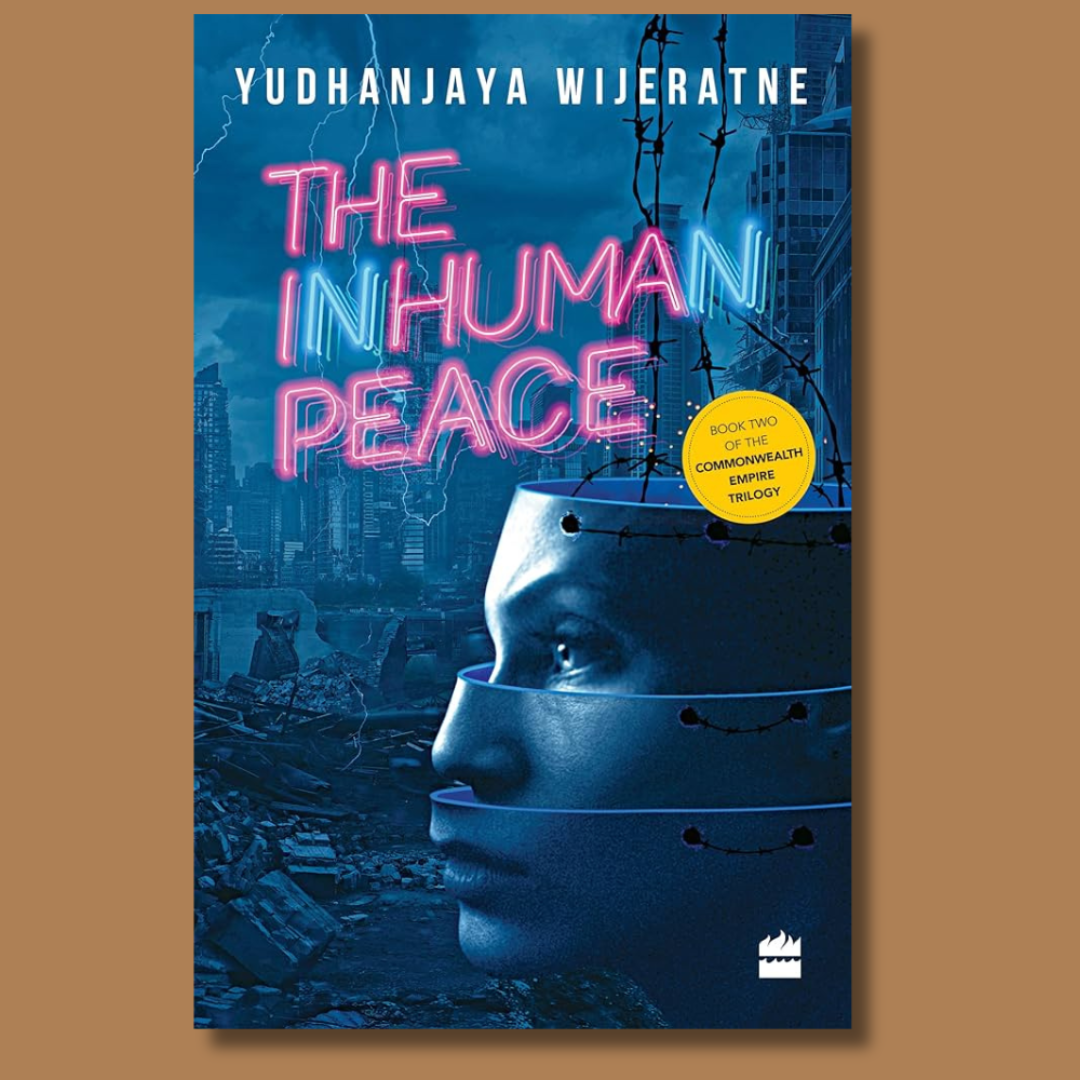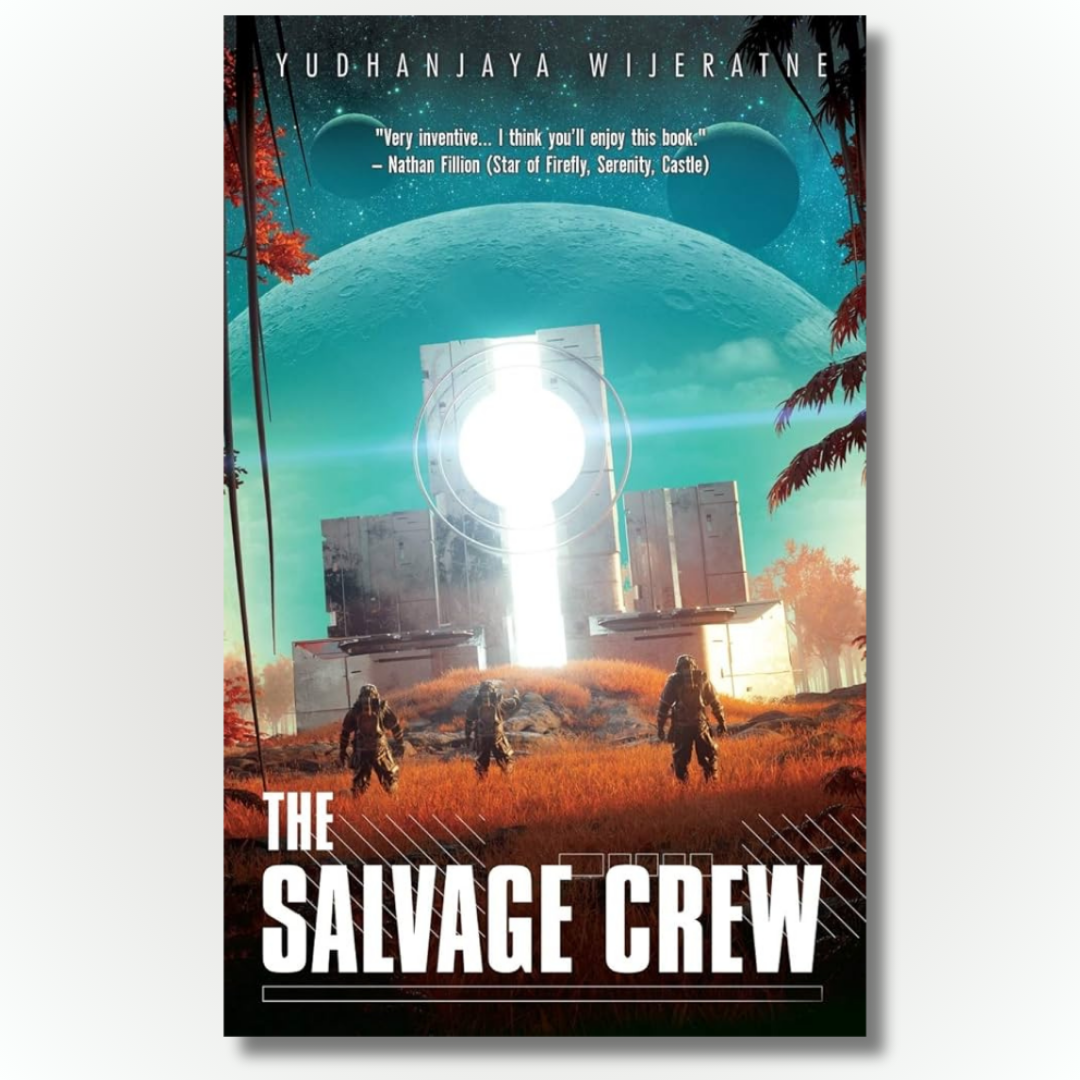
The Inhuman Peace
A biopunk Colombo from an alternate future. Colonialism. A machine uprising. And the consequences.
Blurb: The year is 2033. The British Empire never fell. Communism never happened. The Commonwealth flies the flag of the Empire. Many of the Empire’s colonies are stripped bare in the name of British interests, powerless to resist. Upon this stage is Ceylon – a once-proud civilization tracing itself back to the time of the Pharaohs, reduced but not dead. The Great Houses of Kandy still control the most lucrative trade routes, since even dust and ashes can serve a purpose.
The Inhuman Peace is the sequel to the Inhuman Race. It covers the time before the Inhuman Race, the events of the fifteen-year gap in the middle of the Inhuman Race, and the events immediately after. It significantly expands the world of alternate-future Ceylon, exploring not just more of the British Raj and its mechanisms, but also of Kandy and its society. It tracks the Silent Girl’s rebellion, but the retired supersoldiers from the proto-SAS (Eliot Grimme in particular), the head of the Inquisition, the Chinese Port City, and of independence movements already at play in this Ceylon.
Some documentation around the writing process exists in the form of this note.
Interestingly, even thought it did not start out this way, the story has since evolved as a sort of parallel to Westworld (a series I was quite fond of until the third season). There are many elements in common - machines designed to mimic the human form; an uprising of sentience; and the failure to recognize that intelligence, an attitude that the Sri Lankans in the book both suffer and inflict, positioned as they are in power between the machines and the administration and society of the British Empire.

